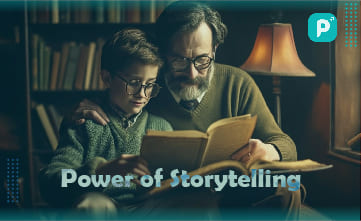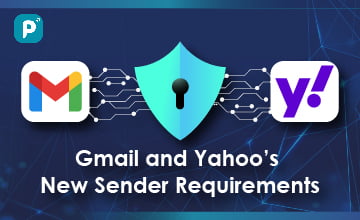Storytelling is an ancient art that has been passed down through generations, and for good reason. It can engage and mesmerize crowds, leaving a profound and enduring influence. Whether it’s a bedtime story for a child, a presentation for a business meeting, or a speech for a special occasion, storytelling is an essential tool for communication and connection. In this blog, we will explore the many benefits and power of storytelling and how it can be used to captivate your audience and leave a lasting impact. From understanding the elements of a good story to learning how to tell your own stories with confidence, we will cover everything you need to know to become a master storyteller.
Storytelling can also be used to connect with others, build relationships, and create a sense of community. Additionally, storytelling can be used to make complex ideas more understandable and memorable and can be a powerful tool for personal growth and self-discovery.
Power of Storytelling – Helping Businesses Grow
Storytelling can be an essential tool for businesses to connect with customers, build brand awareness, and increase sales. Here are a few ways storytelling can help businesses:

- Building brand identity: A brand story can help create an emotional connection with customers and differentiate a company from its competitors.
- Enhancing customer engagement: Storytelling can be used to create an immersive experience that captures customer attention and encourages engagement.
- Communicating complex information: By packaging information into a compelling narrative, storytelling can make complex ideas more relatable and memorable.
- Improving customer retention: A strong brand story can create a sense of loyalty among customers, making them more likely to return in the future.
- Persuading customers to act: Storytelling can be used to create an emotional connection with customers and persuade them to take a desired action, such as making a purchase.
- Providing a human touch: storytelling can be used to showcase the human side of the company, showcasing the people behind the brand, which can help establish trust and credibility with the customers.
Overall storytelling can be a potential tool for businesses to create a deeper connection with customers, increase brand awareness, and drive sales.
Role of Storytelling in Marketing

Storytelling and marketing are closely related as they both involve the art of persuasion. Storytelling can be used to create an emotional connection with customers and persuade them to take a desired action, such as making a purchase. Marketing, on the other hand, is the process of promoting a product or service to increase sales.
When it comes to storytelling, a brand story can help create an emotional connection with customers, differentiate a company from its competitors, and make complex ideas more relatable and memorable. This type of storytelling can be used to create an immersive experience that captures customer attention and encourages engagement.
Marketing, in turn, can use storytelling as a tool to communicate the brand’s message and values, showcase the human side of the company, and create a deeper connection with customers. By packaging information into a compelling narrative, storytelling can make a product or service more relatable, memorable, and desirable to potential customers.
Additionally, storytelling can also be used in specific marketing campaigns to create a sense of loyalty among customers, making them more likely to return in the future. By creating a strong and consistent brand story, businesses can build trust and credibility with customers, which can ultimately lead to increased sales and revenue.
Therefore, both storytelling and marketing are closely related in that they both rely on the art of persuasion and storytelling can be used as a tool for marketing campaigns to create deeper engagement and connection with customers.
Key Elements to Remember for Storytelling
To become a master storyteller, it’s important to understand the elements of a good story, such as a clear beginning, middle, and end, relatable characters, and a message or moral. Additionally, it’s important to develop your voice and style and to practice telling your stories with confidence.
When it comes to captivating an audience, it’s important to create an immersive experience that captures their attention and encourages engagement. This can be done by using descriptive language, engaging dialogue, and vivid imagery.
Another key to captivating an audience is to create an emotional connection. This can be done by evoking emotions such as fear, laughter, or joy, or by creating relatable characters that the audience can identify with.
Finally, it’s important to remember that storytelling is not just about entertainment, it’s also about communication and connection. By sharing your own stories, you can build relationships and create a sense of community with your audience.
Takeaways
Captivating an audience with storytelling requires a deep understanding of the elements of a good story, a strong voice, and style, an immersive and engaging experience, an emotional connection, and the ability to communicate and connect with the audience. With practice and patience, anyone can become a master storyteller and captivate an audience with their stories.
Know about our comprehensive digital marketing services and witness a remarkable growth in your business. Visit our website today!
All images belong to their respective owners. Please email [email protected] if removal is required.




